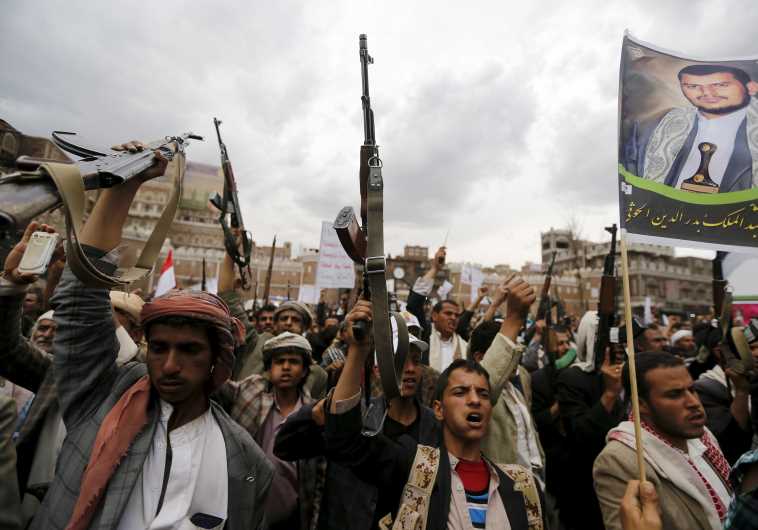The Mideast battle lines are drawn
Iran’s push for regional hegemony and the Saudi-led mobilization to resist Tehran raise the prospect of a long-lasting Sunni-Shi’a conflict.
 Houthi Shi’ite rebels hold a mass protest in the Yemeni capital Sana’a, March 26.(photo credit: JONATHAN ERNST / REUTERS)
Houthi Shi’ite rebels hold a mass protest in the Yemeni capital Sana’a, March 26.(photo credit: JONATHAN ERNST / REUTERS)